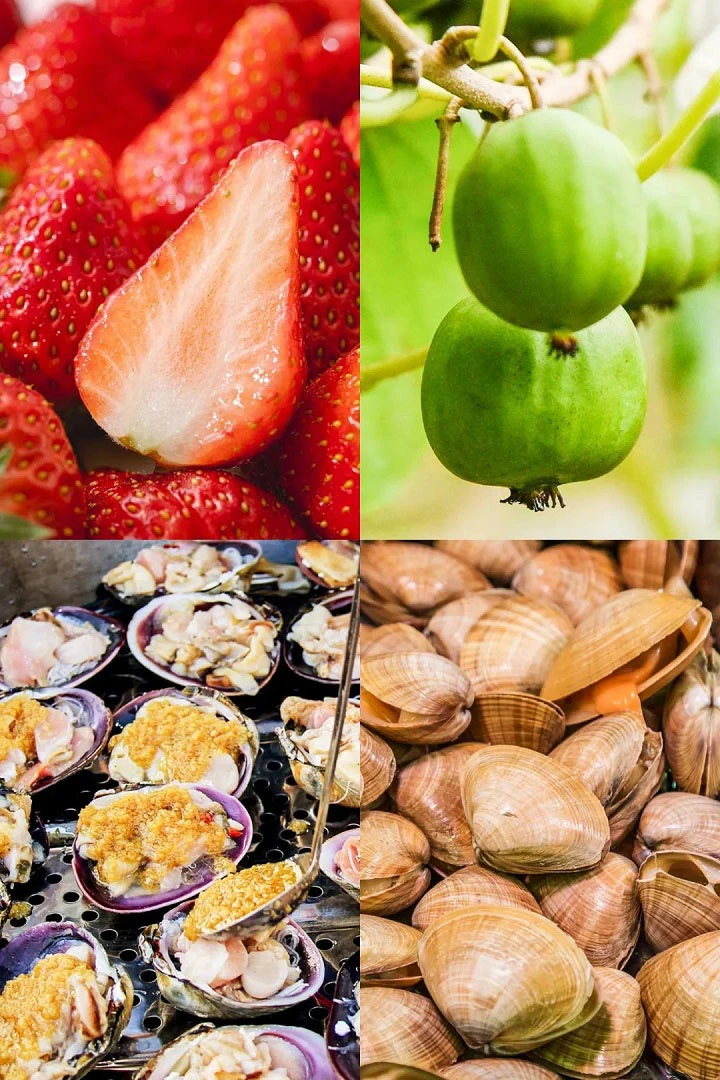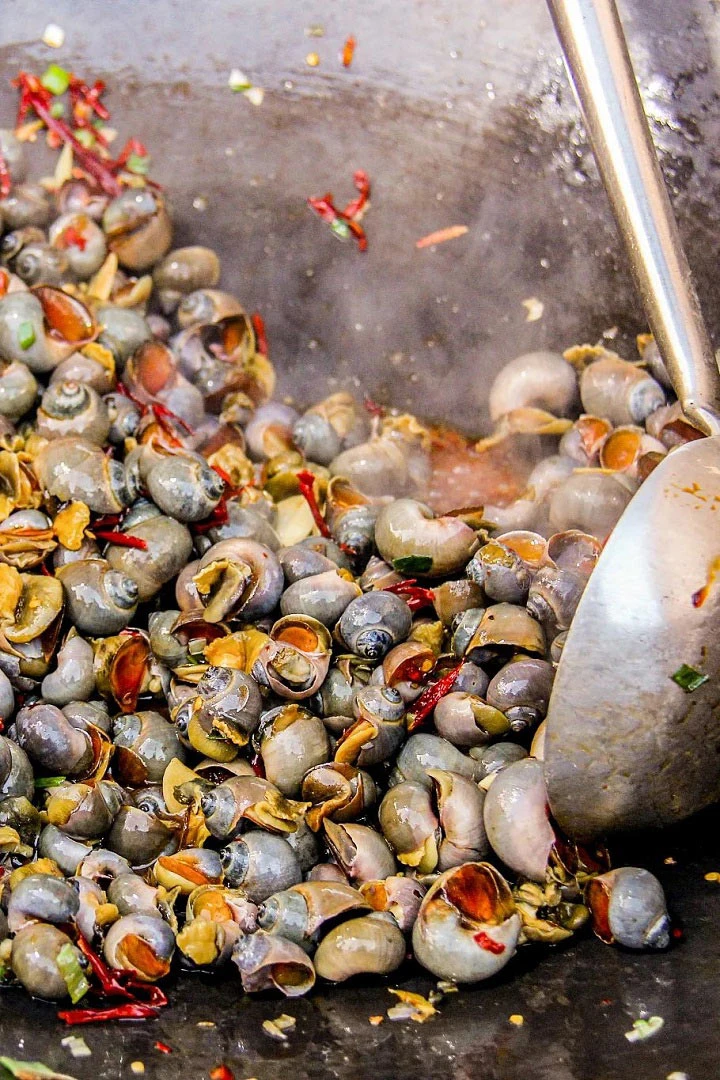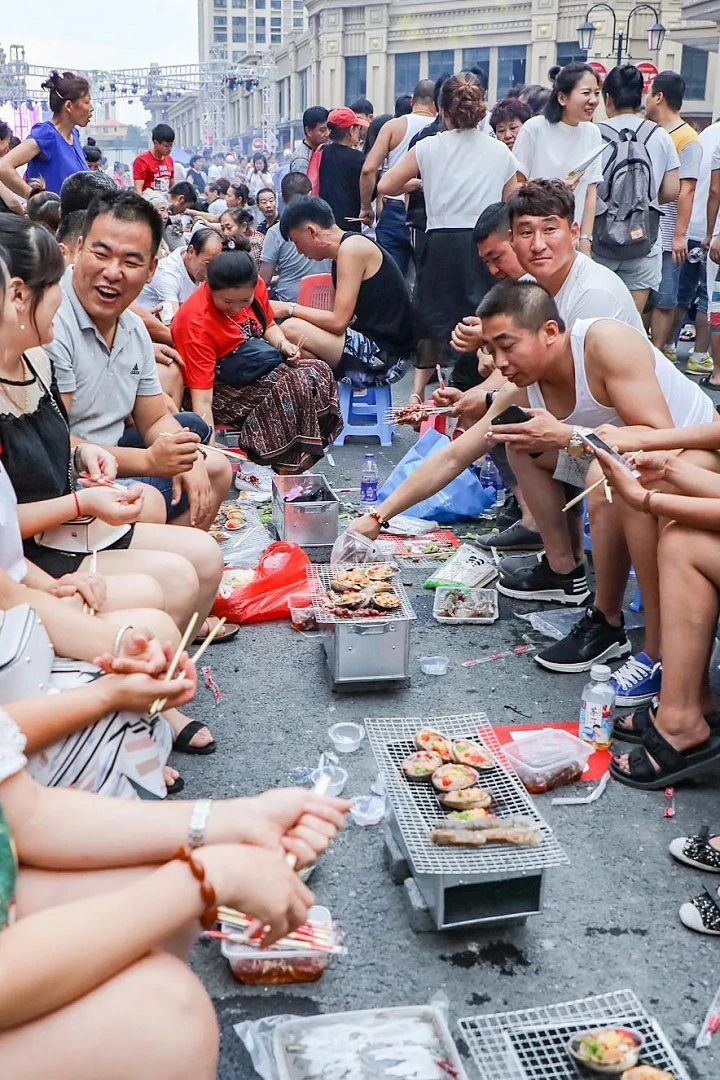A Hidden Gem on the Edge of China
Dandong (丹东), a city that many Chinese people recognize by name, yet remains somewhat enigmatic, is China's largest border city. While its name might resonate due to its famous produce—like the delectable Dandong strawberries that dominate markets across the nation or the sweet and tender soft dates—Dandong as a travel destination is still relatively obscure. Nestled on the edge of China, this city offers a blend of natural beauty, cultural richness, and culinary delights that make it a must-visit for any intrepid explorer.
Dandong's unique geographical location contributes significantly to its charm. Positioned at the confluence of land and sea, it serves as both a coastal and a border city. The city lies at the mouth of the Yalu River, which flows from the revered Changbai Mountain and forms a natural boundary between China and North Korea. This strategic location not only gives Dandong its diverse landscapes—ranging from mountainous terrains to coastal views—but also imbues it with a mysterious allure, as the North Korean city of Sinuiju is just across the river.
Dandong's identity as a border city brings with it a fascinating cultural mix. The city's history is deeply intertwined with various civilizations, evident in sites like the ancient city of Wucheng built by the Goguryeo people on Phoenix Mountain. Modern-day Dandong continues to be a melting pot of cultures, where traditional Northeast Chinese customs blend seamlessly with influences from across the border.

The Bounties of Land and Sea
Dandong's culinary reputation is another facet of the city that is often overlooked. While many might associate Northeast China with hearty, warming dishes perfect for the region's cold climate, Dandong offers something unique: a bounty of fresh seafood. The city's coastal location at the mouth of the Yalu River creates an ideal environment for some of the most prized seafood in the region. The most famous of these is the yellow clam, or "huang xianzi," which is a local delicacy found only in the shallow waters of the Yellow Sea. Unlike the common "hua xianzi" clams, the yellow clam is larger, juicier, and possesses a distinct sweetness that has made it a favorite among locals and visitors alike.
Dandong's seafood scene doesn't stop at clams. The cold waters of the Yellow Sea produce crabs, mantis shrimp, and a variety of fish that are celebrated for their firm texture and rich flavor. Even the simplest preparation—such as boiling these fresh catches in plain water—can result in a dish bursting with natural umami, a testament to the quality of the ingredients.
But Dandong's culinary delights aren't limited to seafood. The city also benefits from its mountainous surroundings, which provide an abundance of wild mushrooms and other forest products. The fusion of these mountain ingredients with the fresh catches from the sea has given rise to a distinctive local cuisine. Here, Northeast Chinese dishes, Korean-inspired flavors, and the rustic meals of Bohai fishermen come together to create a unique culinary experience. Dishes like spicy marinated crabs, stir-fried sea snails with an intense "wok hei" flavor, and even the unusual yet delicious sea snail stewed with eggplant showcase the city's rich and varied food culture.
A Land of Surprises and Potential
Beyond its natural beauty and culinary appeal, Dandong also holds significant strategic importance. The city is a vital transportation hub, linking Northeast China to the Korean Peninsula. The iconic Yalu River Bridge, partially destroyed during the Korean War and now a tourist attraction known as the Broken Bridge, stands as a reminder of the city's historical significance. Interestingly, a train journey from Dandong to Pyongyang, North Korea's capital, is shorter than the trip to Shenyang, the capital of Liaoning Province, underscoring the city's unique position as a gateway between two nations.
Dandong's strategic location also makes it an important player in the region's economic future. The city serves as a key point for trade between China and North Korea, with about 80% of goods exchanged between the two countries passing through here. The 331 National Highway, which begins at Dandong's railway station, runs along the Yalu River and into the heart of the Northeast's mountains, offering one of the most scenic drives in China, especially during autumn when the foliage transforms into a vibrant display of red and gold.
In conclusion, Dandong is far more than just China's largest border city. It's a place where diverse landscapes, rich history, and a unique culinary tradition converge. Whether you're drawn to its mysterious borderlands, its fresh and flavorful seafood, or its potential as a future economic powerhouse, Dandong is a city that promises to surprise and delight at every turn. As China continues to grow and change, Dandong's role on the national stage is likely to expand, making now the perfect time to explore this underrated gem.



